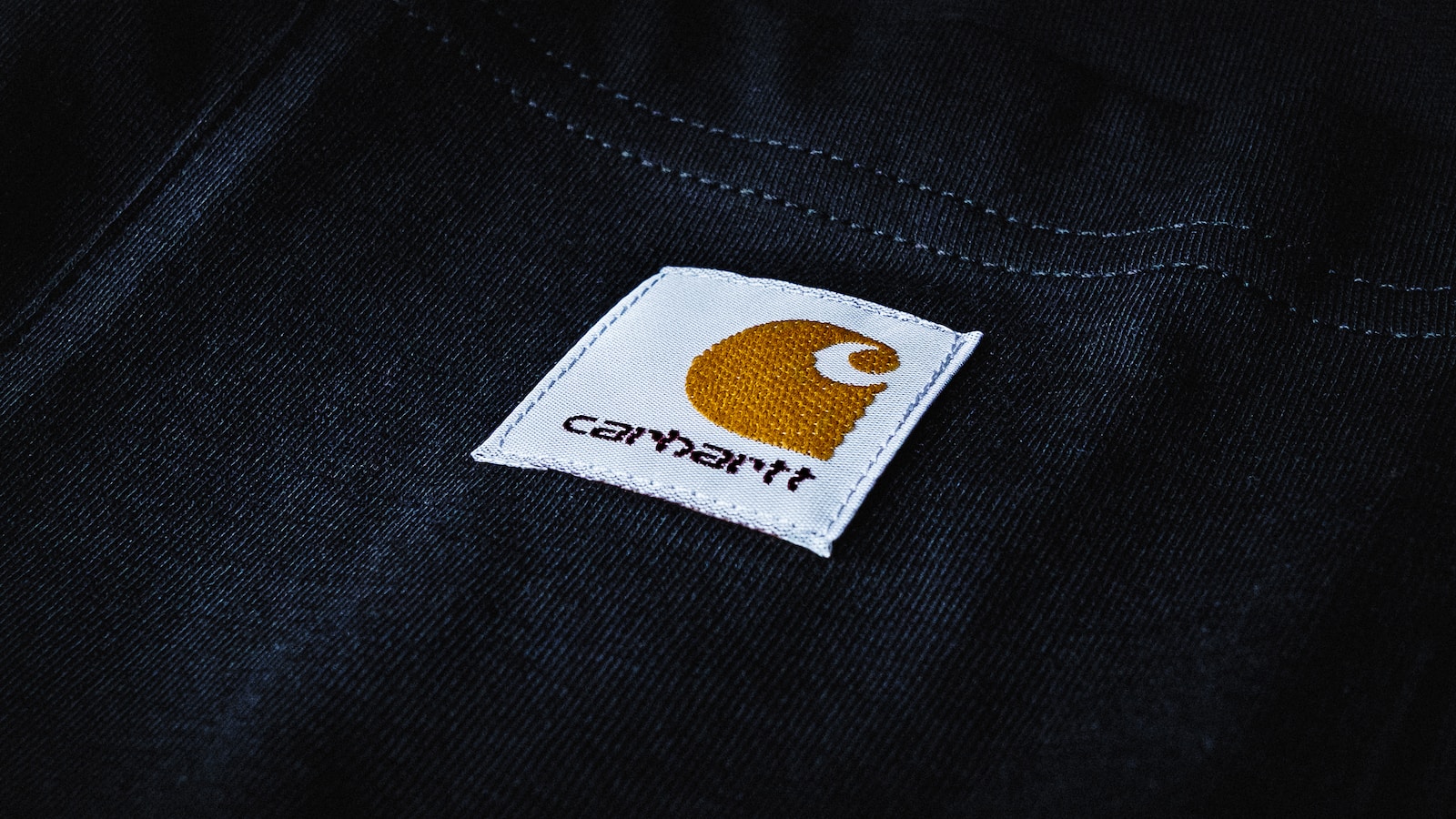
Carhartt has long been a symbol of rugged American determination, a brand entrenched in the history of labor. However, its recent transformation into a mainstream fashion icon reveals a fascinating narrative about branding, the ebb and flow of fashion, and the commodification of countercultural movements.
Carhartt’s Legendary Legacy
Founded in 1889, the brand’s primary goal was simple: provide durable, affordable attire for manual laborers at the pinnacle of the locomotive, steel, and steam industries. They excelled in this endeavor with products like their legendary coveralls that swiftly conquered the workwear domain. Their reach expanded internationally, producing soldiers’ uniforms during wars and even becoming symbolic attire for American politicians wanting to resonate with the working class.
The brand’s durability and commitment to quality saw it enjoying success and even forming a cult-like following, evident in events like the annual Carhartt ball in Alaska.

The Urban Evolution
However, as the 1980s rolled around, something shifted. Urban drug dealers found the deep pockets of Carhartt coats practical for more than just tools. Soon, these coats became a streetwear staple, not just for the functionality but for the aesthetic it provided. This trend was bolstered by rappers and hip-hop artists who began embracing Carhartt.
Recognizing the golden opportunity, the brand introduced the “Work In Progress” line in 1989, targeting this new audience with design elements that were more refined and less about function. This line especially gained traction in Europe, making Carhartt a dual-faced brand – serving both the laborers and the urban fashionistas.
Navigating the Streetwear Scene
As the fashion landscape morphed, workwear started transitioning from functionality to a style statement. The minimalist trend and the popularity of the “lumbersexual” look gave brands like Carhartt even more avenues for growth. The brand’s presence in streetwear became more pronounced, with collaborations with prominent streetwear brands such as Vape and Junya.
However, the brand’s evolution didn’t stop at clothing. We now have products branded in their name like Bluetooth speakers, margarita glass sets, and even collaborations with Guinness and Warner Bros. for the release of Batman merchandise. It’s quite the deviation from tan work coveralls.

The Double-Edged Sword of Success
This transition brings up a poignant question: Has Carhartt traded its essence for mainstream success? While the brand still holds sway over its original demographic, critiques arise concerning the dilution of their workwear quality, as the focus leans more towards the streetwear line.
Moreover, Carhartt’s stance on sustainability has been put under the microscope. While the brand boasts of durable clothing – an inadvertent nod towards sustainability, their approach to eco-friendly practices seems more reactive than proactive. Issues like the use of synthetic materials and lack of transparency about their overseas manufacturing practices cast a shadow over their sustainability claims.
Conclusion
Carhartt’s trajectory from a pure workwear brand to a multifaceted fashion juggernaut is emblematic of how brands can evolve over time. While their transformation has undoubtedly opened up new revenue streams and a broader demographic, it also brings into focus the pitfalls of rapid evolution.
Is the compnay’s shift a mere savvy business maneuver or a reflection of a brand that’s lost its way in pursuit of profit? The answer isn’t black and white. Nevertheless, as consumers, the power lies with us to decide the brands we support and the values we prioritize.
Thank you for joining us on this journey through Carhartt’s evolution. Stay tuned for more insights into the ever-evolving world of fashion by checking out our article about the Vans skate and streetwear brand.
Key Takeaways
- Historical Legacy: Carhartt, founded in 1889, originally focused on durable attire for manual laborers, becoming an emblem of rugged American determination and expanding its reach internationally.
- Urban Transformation: In the 1980s, Carhartt’s functional wear was adopted by urban drug dealers and hip-hop artists, leading to its evolution as a streetwear icon and the introduction of the “Work In Progress” line.
- Broadened Horizons: Beyond clothing, Carhartt diversified its product range to include Bluetooth speakers, margarita glass sets, and collaborated with brands like Guinness and Warner Bros., signaling a shift from its original niche.
- Sustainability Concerns: Despite its long-standing commitment to durability, Carhartt faces criticism regarding sustainability practices, particularly in its use of synthetic materials and overseas manufacturing transparency.
